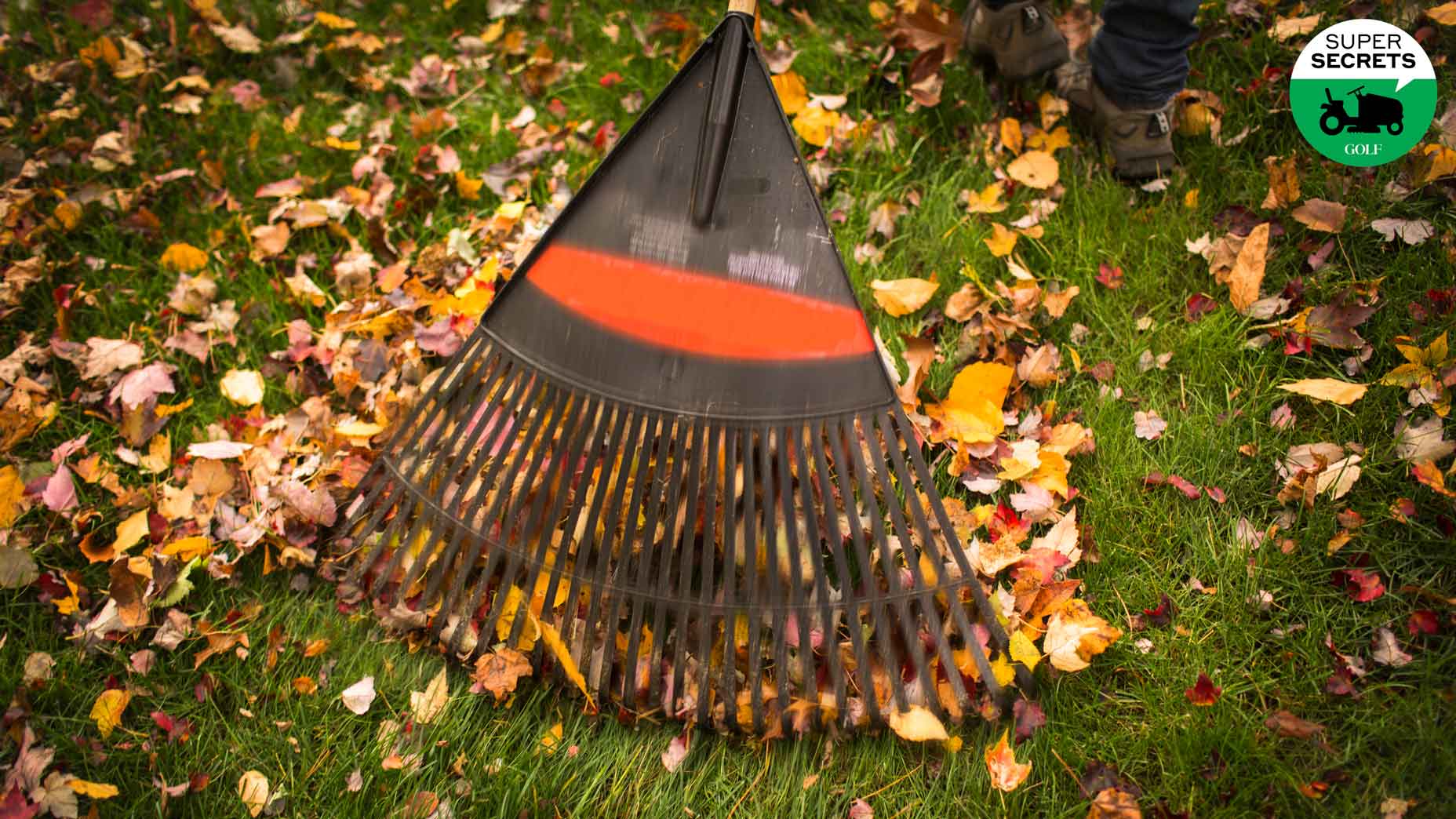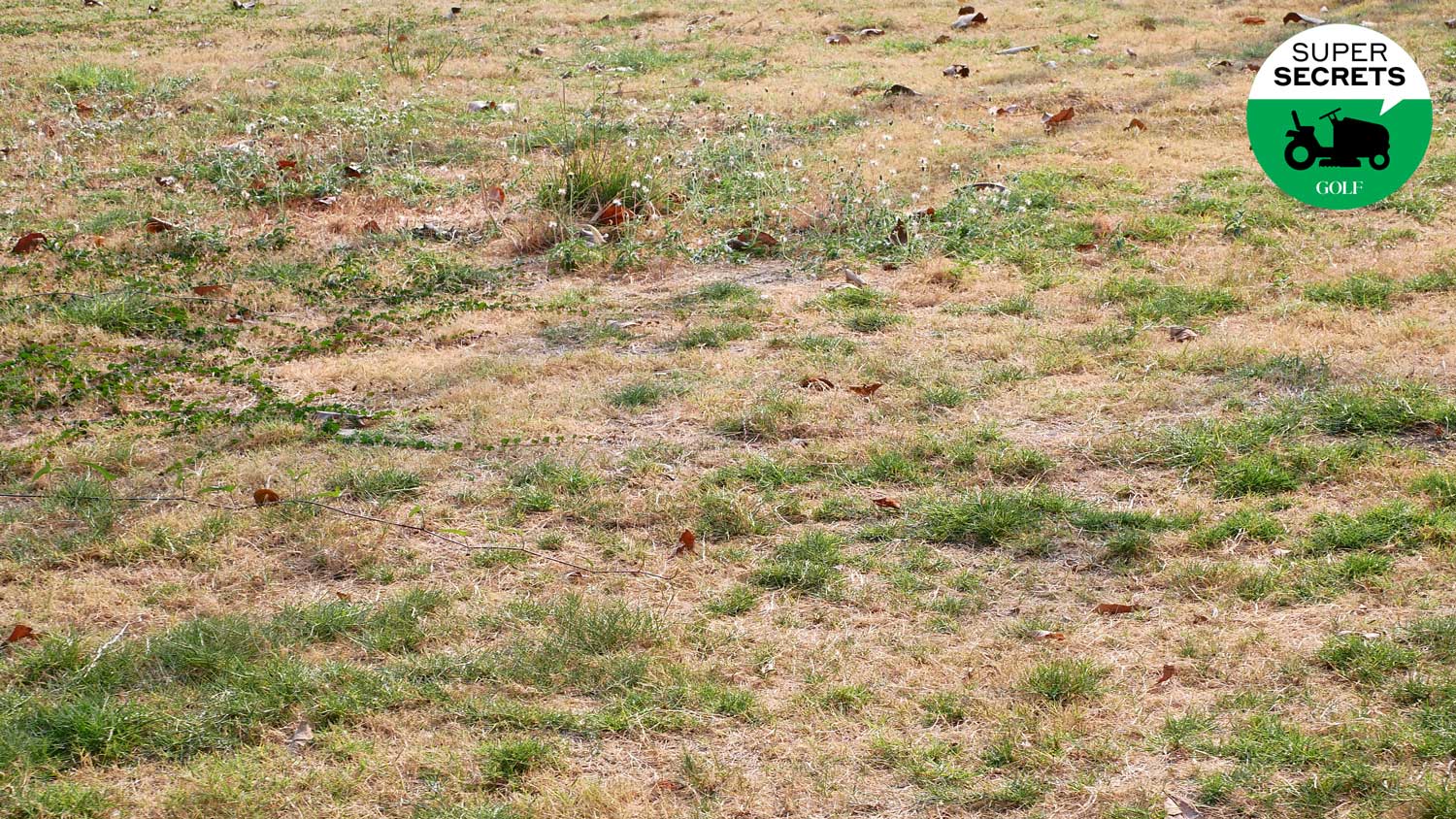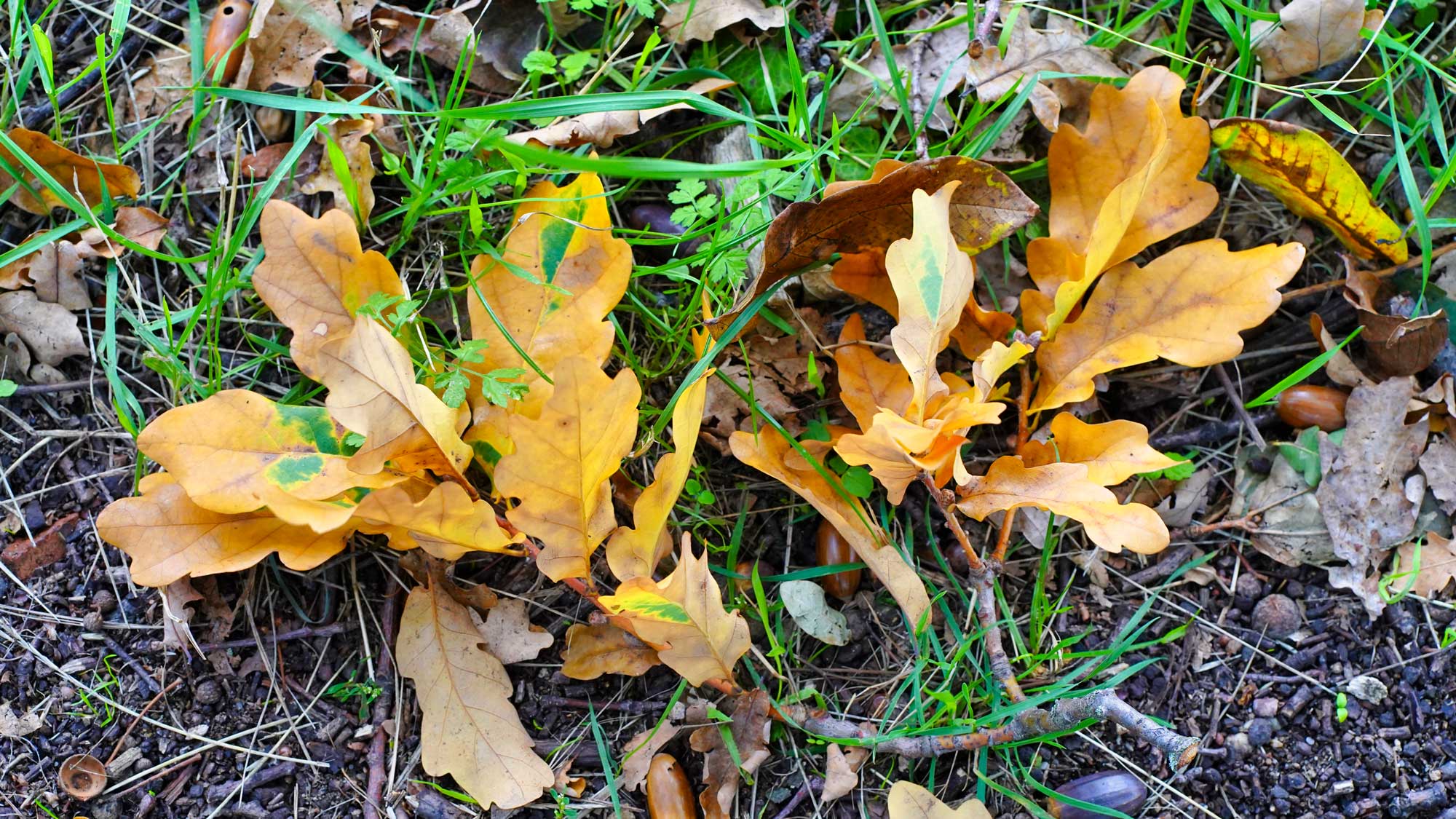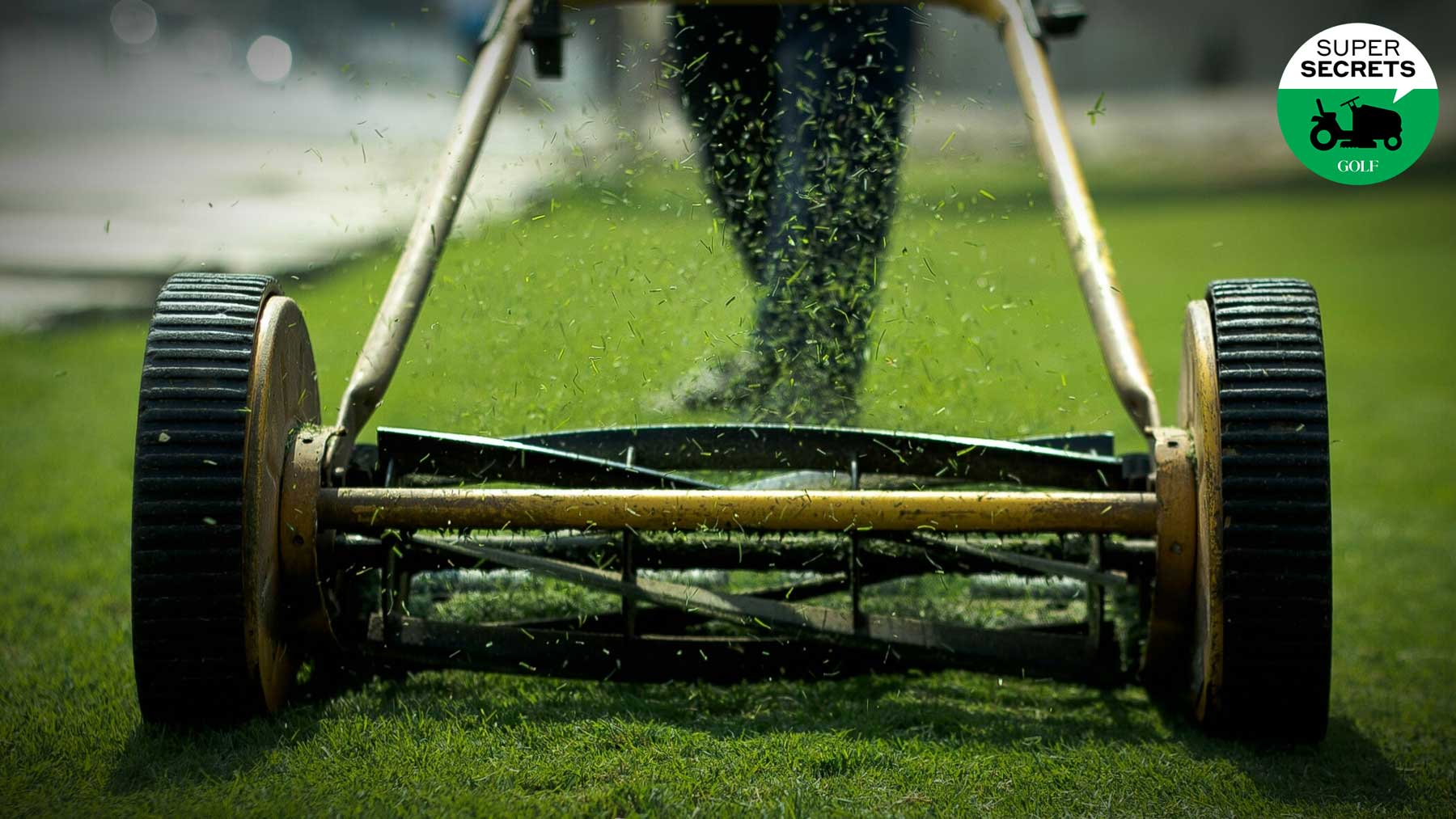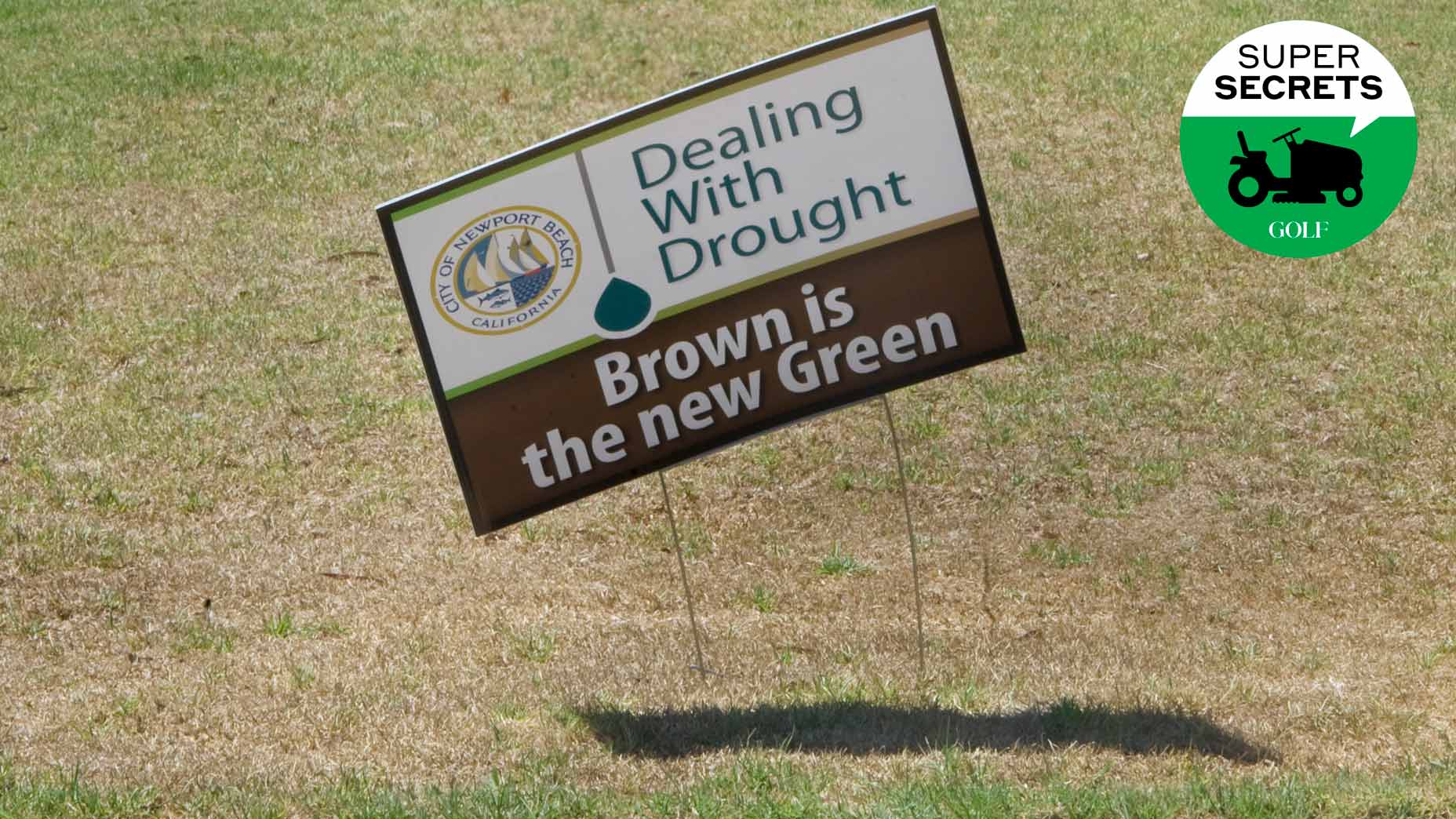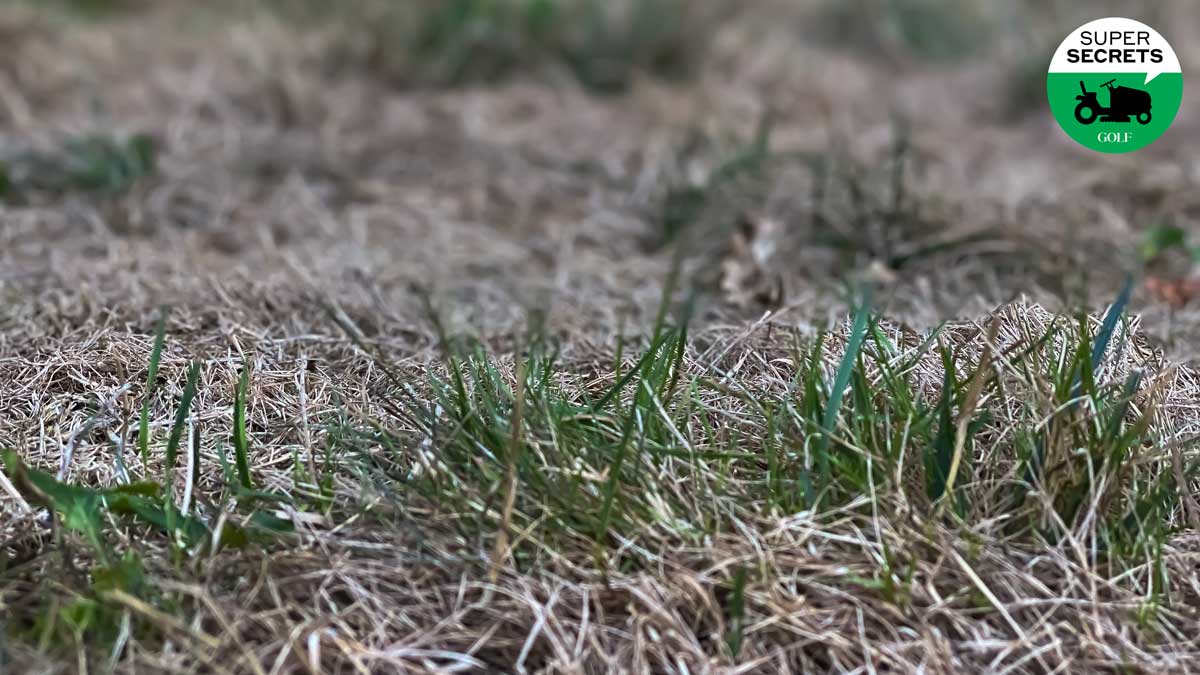There’s a reason autumn’s other name is fall.
Everywhere you look, leaves are dropping, cluttering the gutters, covering your lawn.
How to deal with them? Ken Benoit is a former superintendent, a longtime member of the Golf Course Superintendents Association of America, and the founder of Eco Turf Consulting, which serves all 50 states from its headquarters in Bedford, New York.
Here are Benoit’s 10 top tips for handling nature’s seasonal debris.
1. Stay on top of them
Why do today what you can put off til tomorrow? Fair question. You could, of course, always wait for all the leaves to fall. But Benoit doesn’t recommend it. For starters, you’re not really sparing yourself work; you’re just letting it pile up for later. Nor are you doing your lawn any favors. In many parts of the country, including Benoit’s home in the New York area, grass is still growing when leaves start falling; it’s storing carbohydrates for the winter. If that grass is covered in a blanket of leaves, it can’t absorb the sunlight that it needs to go into healthy hibernation.
2. Keep mowing
The shorter the grass, the easier it is to get leaves off it. If yours is still growing, keep mowing. At this time of year, Benoit says he is still cutting his grass about once a week.
3. Work with dry leaves
Name the task. Raking. Blowing. Bagging. It’s much easier when the leaves aren’t matted down with moisture or clumped together in a sodden mess. More reason to stay on top of your leaf-management. And to keep an eye on the weather report.
How to fix an ugly lawn: 7 easy cures for unhealthy-looking yardsBy: Josh Sens
4. Mulch ‘em
Many mowers come with mulching attachments. Benoit suggests that you employ them. It’s an easy way to rid yourself of leaves, and the mulch you leave behind provides nutrients for your lawn. Not enough nutrients to substitute for fertilizer, Benoit says. But the process is a win-win for you and your yard.
5. Use the right rake
Benoit favors wide, lightweight plastic rakes over narrow metal rakes because they’re easier to wield and they cover more terrain. Feel free to be vigorous with your raking, but don’t be so aggressive that it looks like you’re tilling. “I see some people really cranking hard at it,” Benoit says. “You don’t need to do that rake up leaves.”
6. Use the wind and the terrain to your advantage
It’s a simple rule, rooted in basic physics: rake from high ground to low ground, with the wind at your back, not in your face. “With any luck, you can have both in your favor at the same time,” Benoit says.
7. Take a two-pronged approach
On golf courses, maintenance crews use both rakes and blowers. That’s a good approach to take at home, as well. While electric blowers have come along way, Benoit says that gas blowers are more efficient.
5 must-do’s for growing grass in the fall, according to a golf course superintendentBy: Josh Sens
8. Pick up the piles, pronto
Once you’ve gathered up your leaves, bag them up right away, so they don’t get rained or snowed on, or the wind undoes your work. Over time, piles are bad for grass. Let them sit there for the winter, and you’ll have a dead spot underneath come spring.
9. Use a tarp
Another way to haul off leaves is to pile them onto a tarp, and then drag them to wherever you plan to dispose them. This is a standard practice on golf courses, and it makes good sense at home, especially if you’ve got a lot of ground to cover and a mountain’s worth of leaves.
10. Make your kids do it
Why should you do all the heavy lifting? If you’ve got offspring, put them to work. “Isn’t that why you had kids in the first place?” Benoit says.
